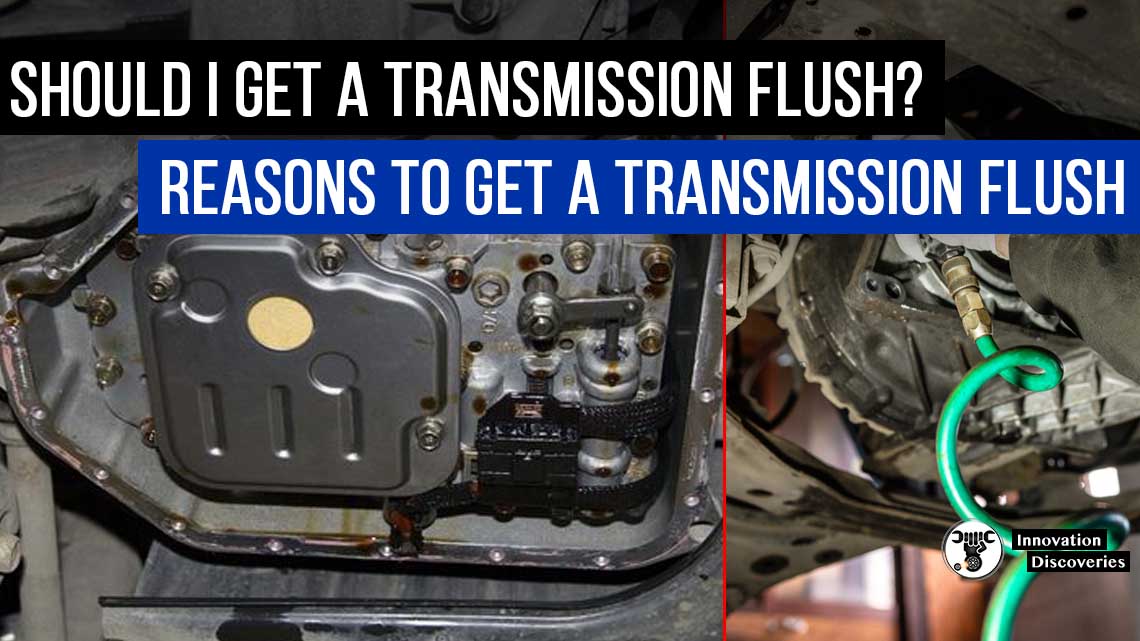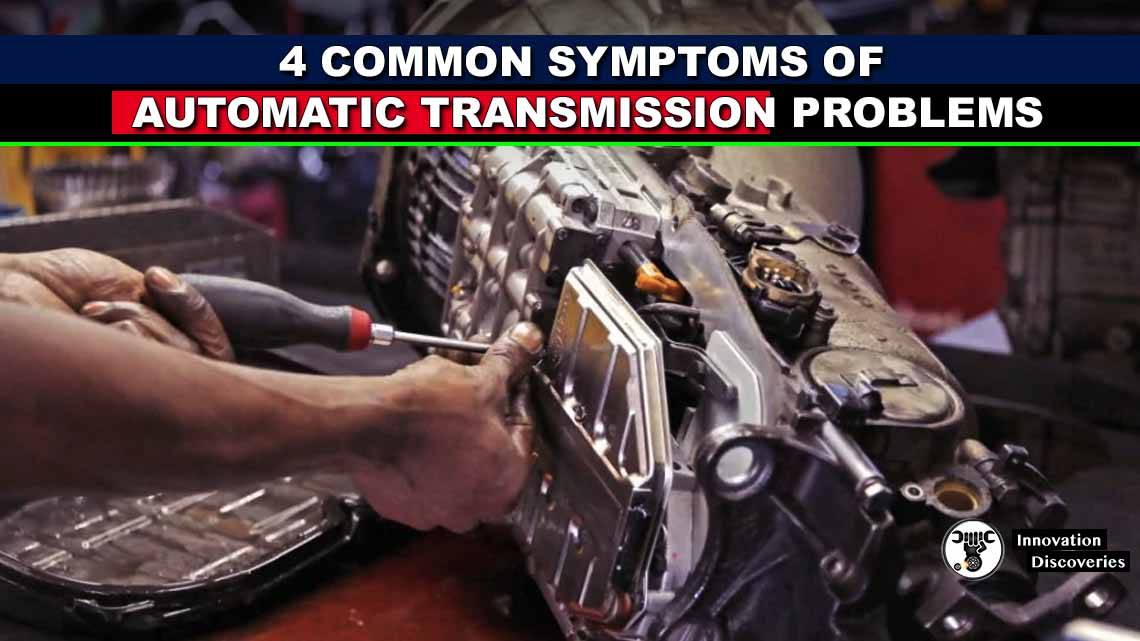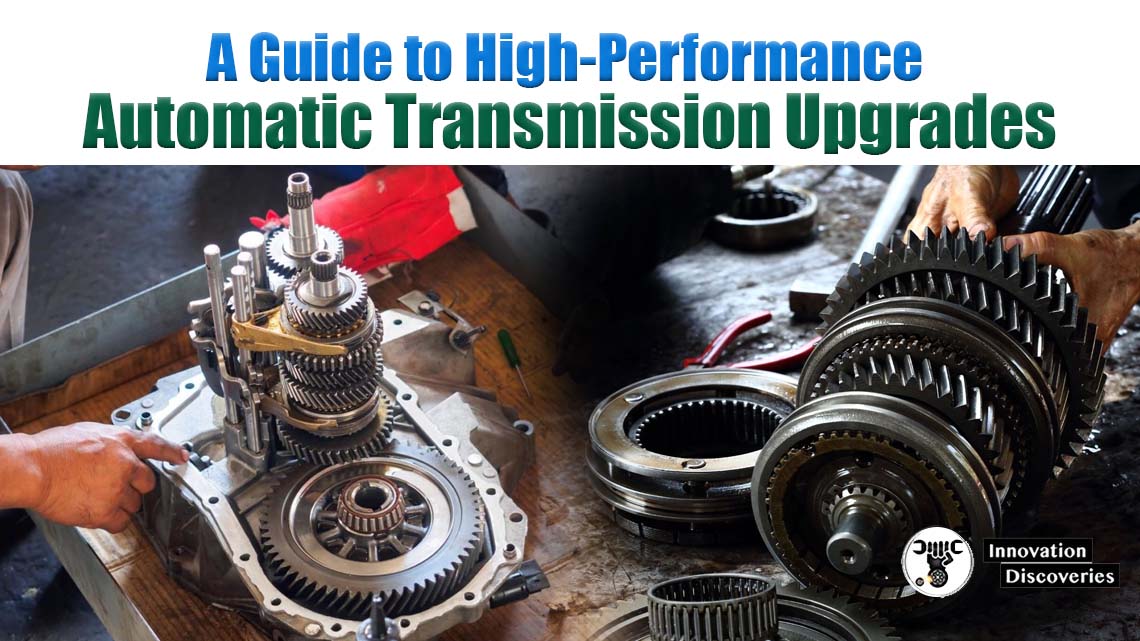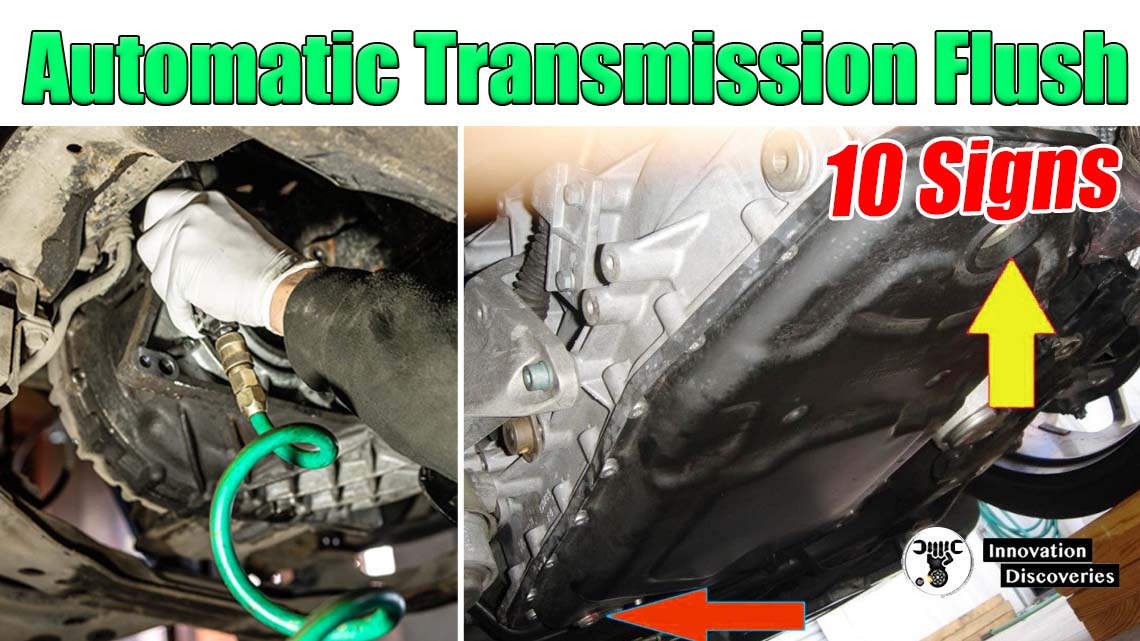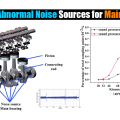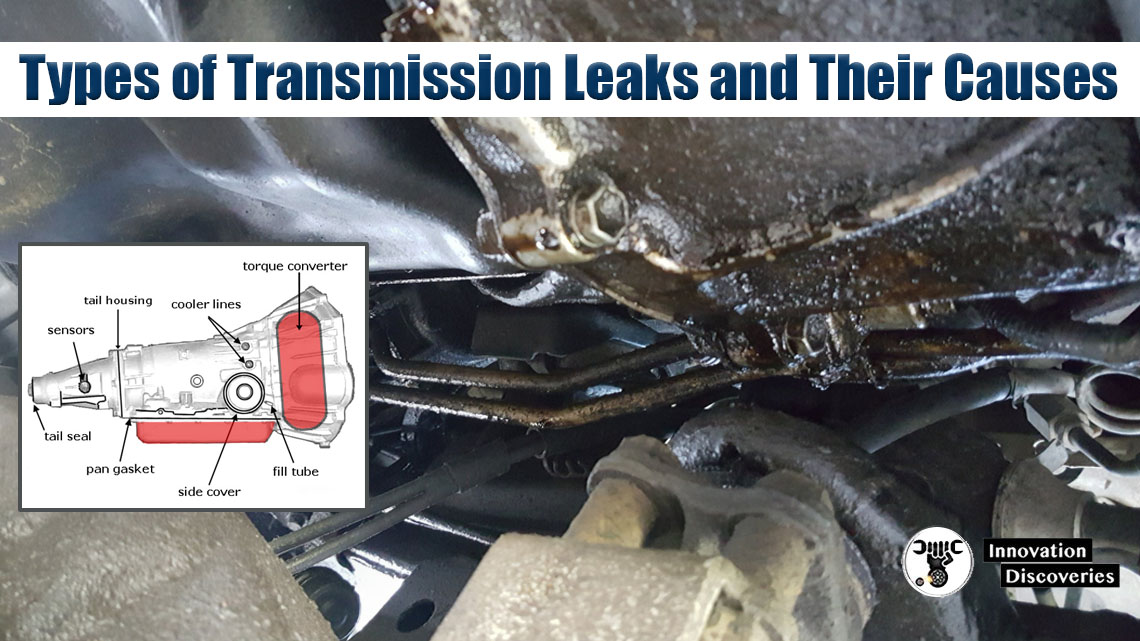
Introduction:
In the intricate world of automotive mechanics, understanding the various types of transmission leaks and their root causes is crucial for maintaining a healthy vehicle.
Transmission leaks can lead to serious issues if left unattended, affecting both performance and safety.
In this article, we’ll delve into the different types of transmission leaks, shedding light on their causes and offering insights to help you stay ahead of potential problems.
Overview of Transmission Systems:
Before we dive into the types of leaks, let’s establish a basic understanding of the transmission system. A vehicle’s transmission is responsible for transferring power from the engine to the wheels, allowing the vehicle to move forward or backward.
It involves a complex network of components and fluids working together seamlessly.
Common Types of Transmission Leaks:
a. Fluid Pan Leaks:
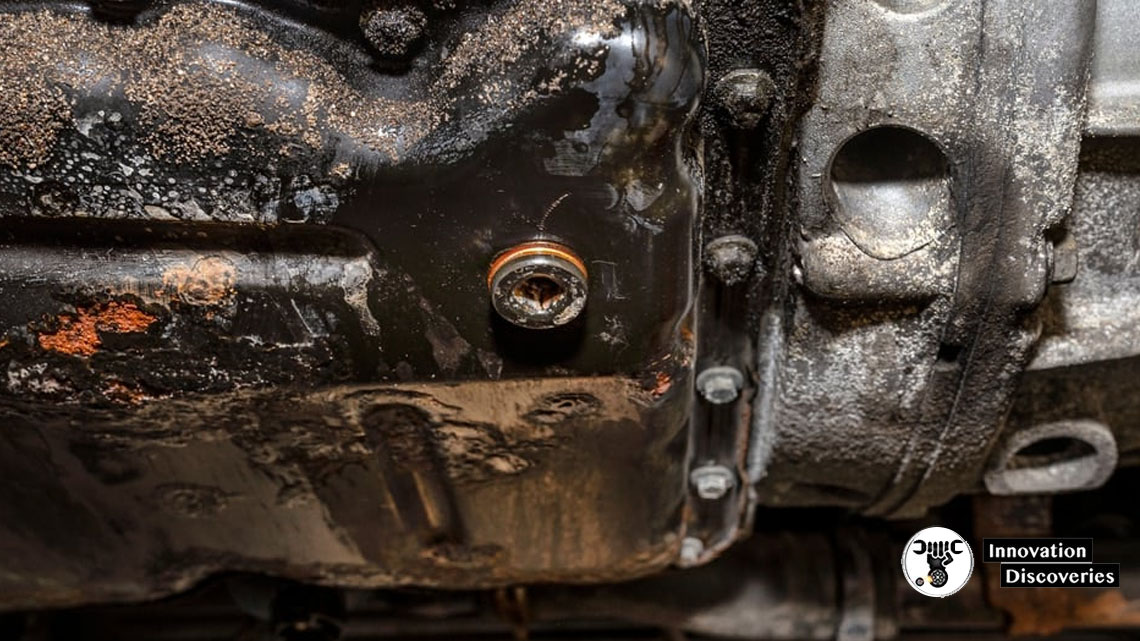
One prevalent type of transmission leak occurs around the fluid pan. This pan, located at the bottom of the transmission, holds the transmission fluid. Over time, the gasket sealing the pan can degrade, leading to leaks. Rust and physical damage can also contribute to fluid pan leaks.
Causes: Gasket wear, rust, and physical damage.
b. Axle Seal Leaks:
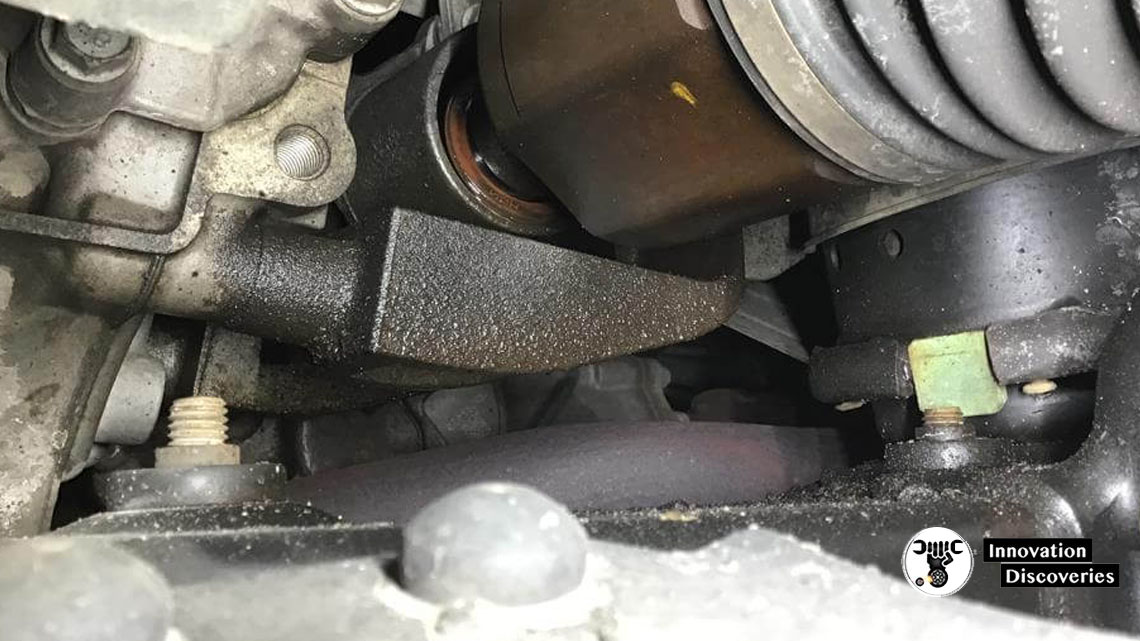
Axle seals are crucial components that prevent transmission fluid from leaking out of the axle assembly. When these seals wear down or become damaged, they can allow fluid to escape, leading to potential transmission problems.
Causes: Seal wear, damage, or poor installation.
c. Torque Converter Leaks:
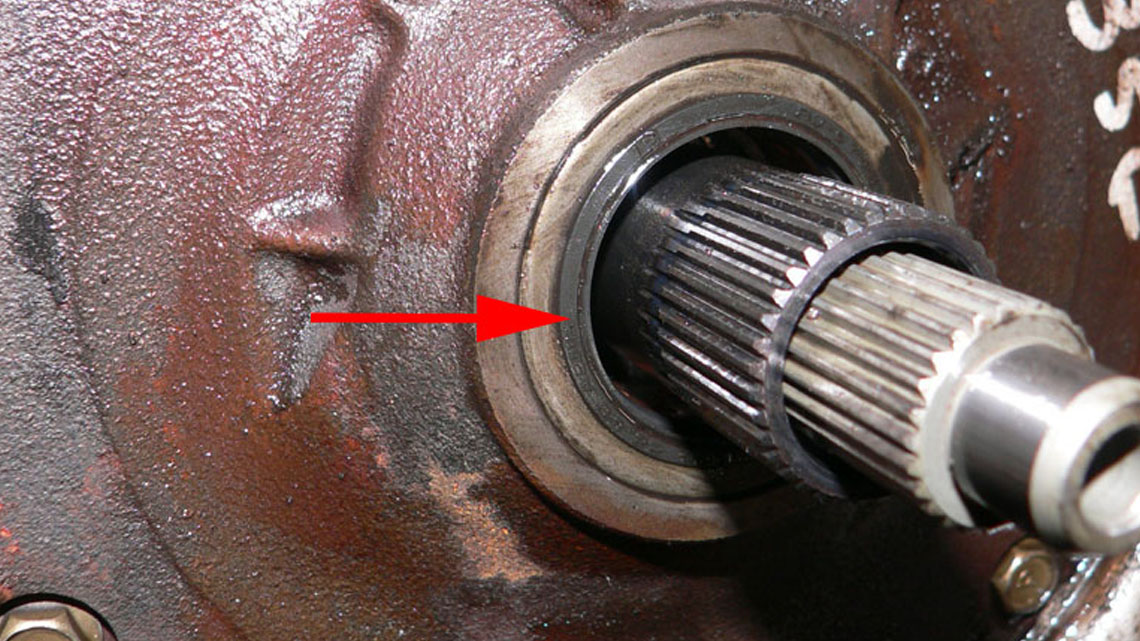
The torque converter connects the engine to the transmission and can develop leaks over time. A compromised torque converter seal or damage to the converter itself can result in fluid seepage.
Causes: Seal degradation, torque converter damage.
Detecting Transmission Leaks:
Identifying a transmission leak in its early stages is crucial for preventing further damage. Keep an eye out for the following signs:
- Puddles of red or brown fluid under your vehicle.
- A burning smell, indicating fluid is dripping onto hot engine components.
- Slipping gears or difficulty shifting.
Preventive Measures:
To prolong the life of your transmission and minimize the risk of leaks, consider the following preventive measures:
- Regularly check transmission fluid levels and quality.
- Schedule routine inspections with a qualified mechanic.
- Address any leaks promptly to prevent further damage.
Conclusion:
Understanding the types of transmission leaks and their causes empowers vehicle owners to take proactive measures in ensuring the longevity and efficiency of their transmissions.
Regular maintenance and prompt attention to any signs of leaks are key components of a healthy and reliable vehicle. By staying informed, you can navigate the road ahead with confidence, knowing that your transmission is in optimal condition.
Remember, when in doubt, consult with a professional mechanic to address any transmission concerns and maintain the smooth operation of your vehicle.
Discover More:
RAED MORE: 5 CAUSES OF TRANSMISSION FLUID LEAKS AND REPAIR COST
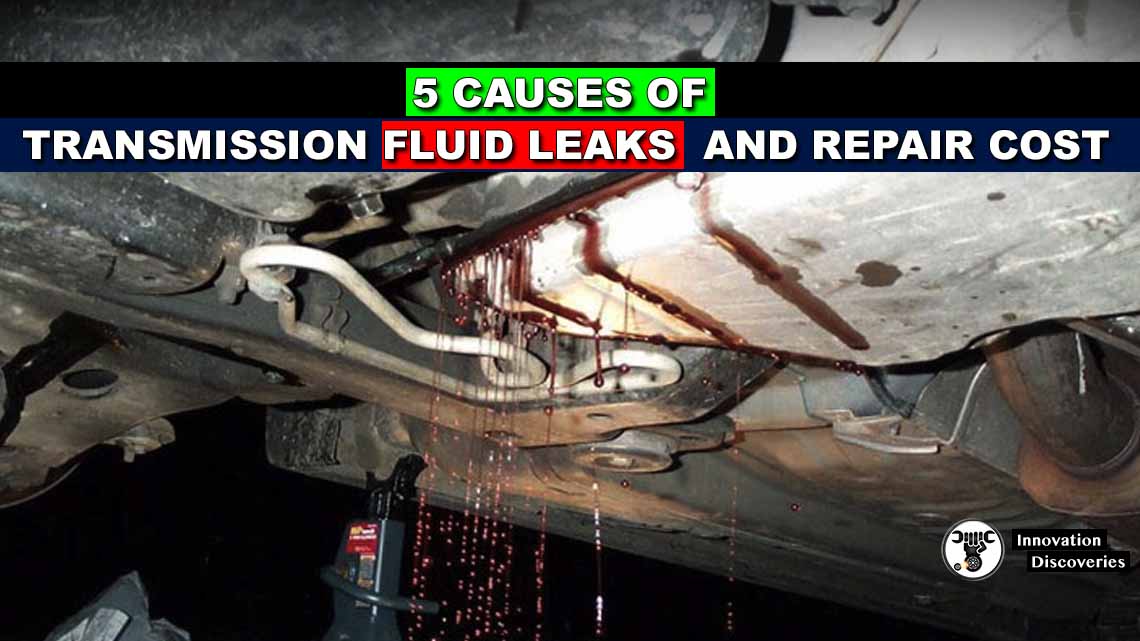
- 3 COMMON SYMPTOMS OF LOW POWER STEERING FLUID
- YOUR CAR IS LOSING COOLANT BUT NO LEAK: WHAT SHOULD YOU DO?
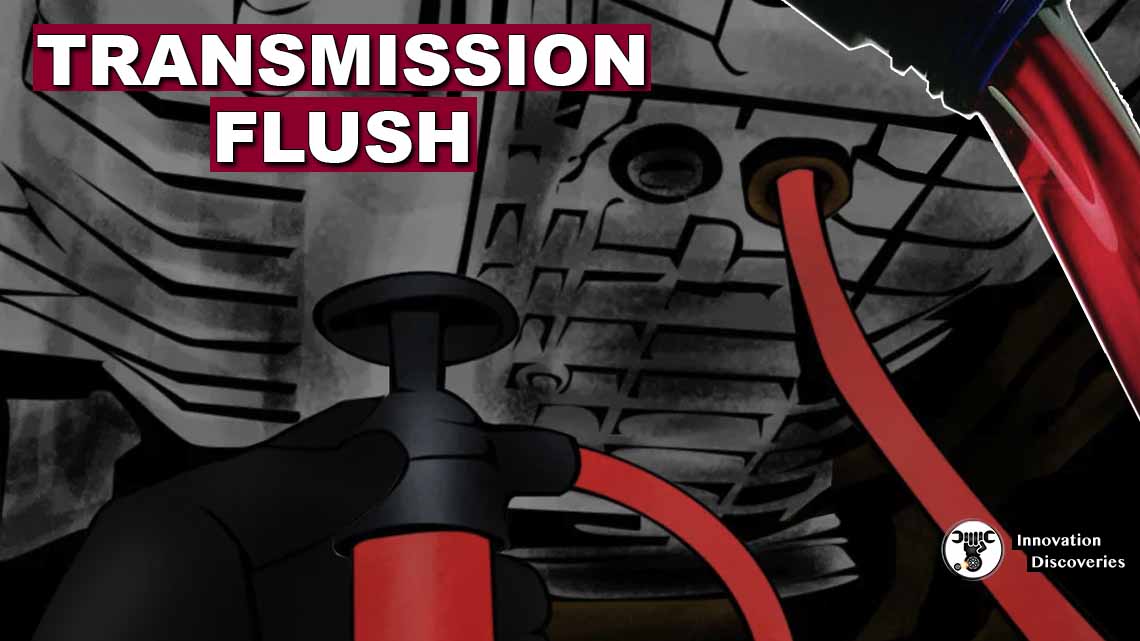
FOR MORE KNOWLEDGE
- 4 COMMON SYMPTOMS OF AUTOMATIC TRANSMISSION PROBLEMS
- COMMON PARTS OF AN AUTOMATIC TRANSMISSION
- COMMON FAULTS IN THE 6-SPEED DSG TRANSMISSION
- IS REBUILDING A TRANSMISSION WORTH IT IN THE LONG RUN?
Visit Forum
Visit Our Friendly Website


